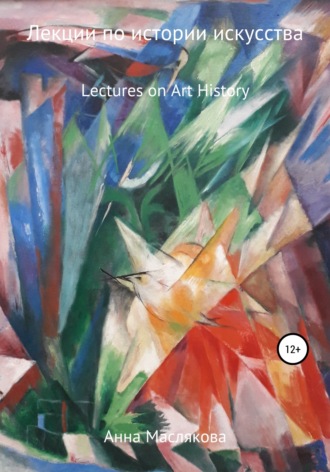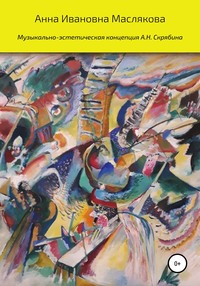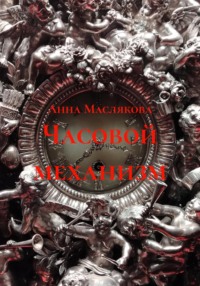Лекции по Истории Искусства. Lectures on Art History

Полная версия
Лекции по Истории Искусства. Lectures on Art History
Жанр: культура и искусствоистория искусствакультура и просвещениепамятники истории и культурынаучно-практическое пособиекурс лекций
Язык: Русский
Год издания: 2022
Добавлена:
Настройки чтения
Размер шрифта
Высота строк
Поля
Конец ознакомительного фрагмента
Купить и скачать всю книгу








